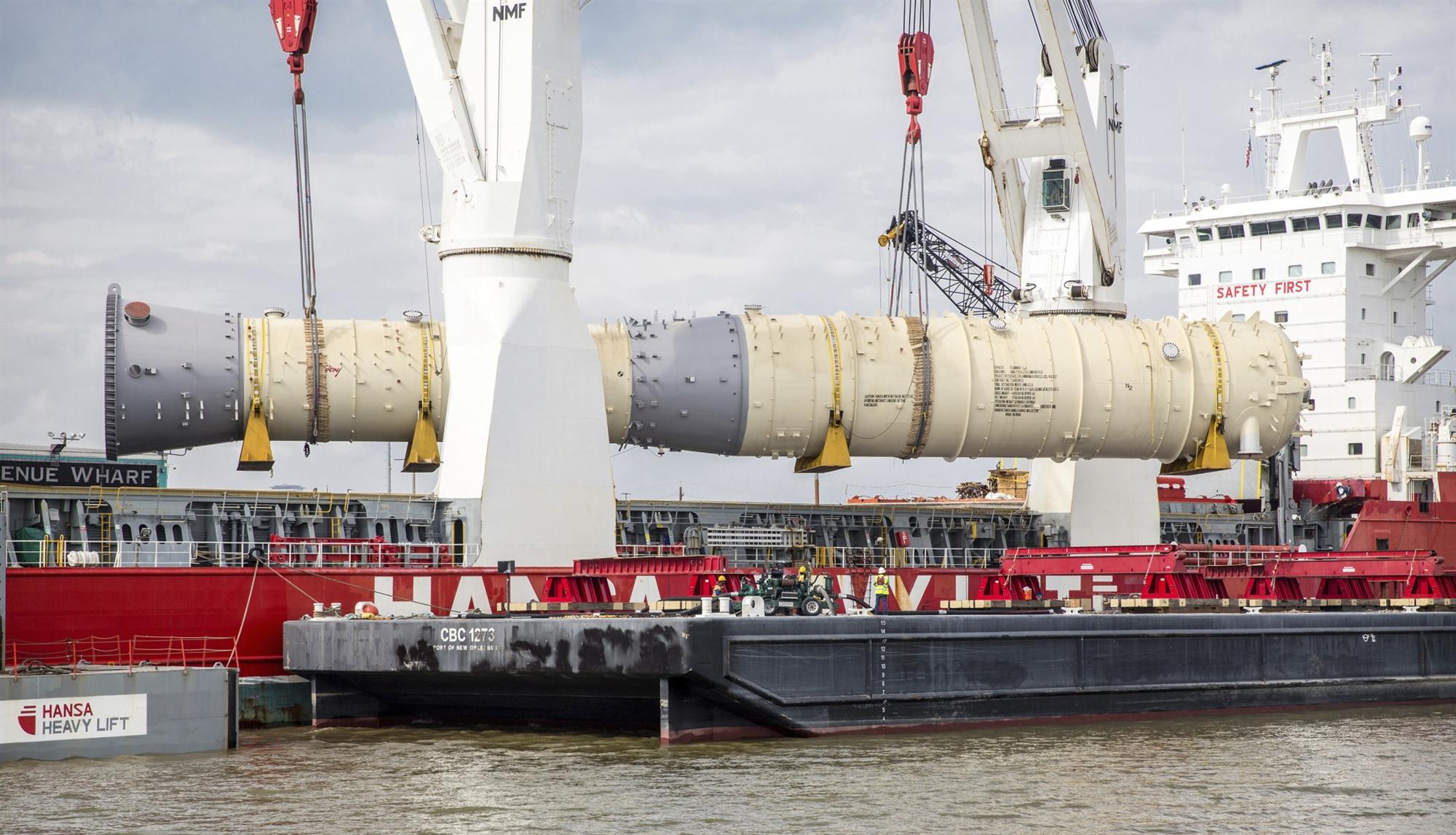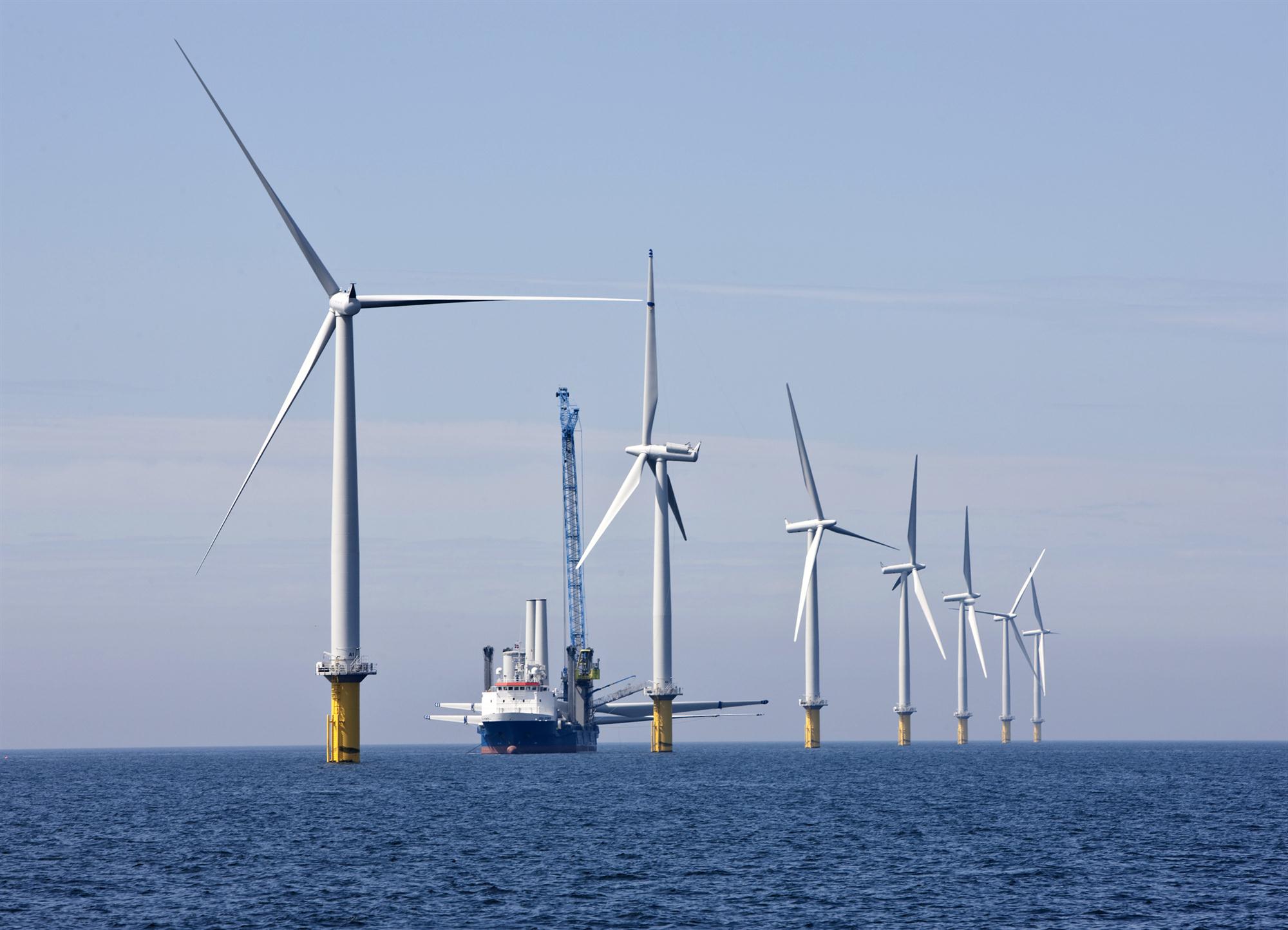While most Asian and other major economies have at least partially recovered from the global financial crisis of 2008, cost pressures in two of the world's largest project cargo-generating industries – energy and mining – have, if anything, further intensified this year.
As a result, logistics providers managing the movement of such cargo out of related plant/equipment manufacturing centres in Asia, notably China, Japan and Korea, and worldwide for those industries are being pushed even harder to help achieve immediate additional cost savings in the supply chain.
On the energy industry supply chain front, for example, a white paper published earlier this year by German global logistics group DHL suggested 2016 would in fact be a “make or break” year for both the conventional oil/gas industry and the fast-growing renewables sector, although for different reasons.

Expanding on those points, the white paper (‘A New Frontier: Prospering in the Changing Energy Environment’) said the key factor in that context for the oil/gas industry was the sharp decline in prices for its products over the last couple of years.
“Given the market development for oil and gas companies, there is little to no leeway for operational inefficiencies which could be tolerated before,” commented Steve Harley, president of the energy sector at DHL Customer Solutions & Innovation.
The current scale of those pressures was further highlighted last month in a report published by Wood Mackenzie, a provider of commercial intelligence for the energy industry, which suggested global upstream development spend from 2015 to 2020 had been cut by 22%, or US$740 billion, since the oil price started to drop two years ago.
“The impact of falling oil prices on global upstream development spend has been enormous,” commented Malcolm Dickson, principal analyst at the company. “Companies have responded to the fall by deferring or cancelling projects and costs have also fallen. In the nearer term, the impact is even more severe: compared to pre-oil price fall expectations, capex will be down by around US$370 billion or 30% in 2016 and 2017.”
Wood Mackenzie added that it expected to see further cuts in capex throughout the year and investment levels continue to shrink as more projects were dropped.
In the case of the renewable energy industry, DHL’s white paper suggested the urgency to reduce project costs was down to a different factor – that industry’s present widespread reliance on government subsidies and other financial support.
“The risk of relying on government policy is that subsidy regimes are susceptible to changes in political favour. The removal or phasing out of subsidy regimes can have a very significant impact on renewables projects within countries,” it stated.
“Renewables operators, manufacturers and those in supply chains must therefore focus on organizational efficiency and costs while the going is good and subsidy regimes are generous, or exist at all, to insulate themselves from future changes.”
The white paper also went on to claim that with renewable energy projects worldwide becoming larger, notably in the wind sector, there was an increasing convergence between the profile of those developments and projects in the oil/gas industry.

Following on from that, it suggested that in the case of offshore developments, in particular, there could be benefits to be gained from a crossover of project cargo supply chain management ideas and best practices between established oil/gas industry players and the wind energy sector.
Elsewhere on the global project cargo scene, levels of new activity in another key market for that business, mining, remain depressed by continuing low commodity prices, with similar resulting increased pressure to further reduce project cargo and other logistics costs. The worry for forwarders and other logistics providers servicing that industry in Asia and elsewhere is that present trends suggest such pressures could get worse before they get better.
In Central Asia, for example, Siddique Khan, CEO of Kazakhstan-based logistics group Globalink, expressed concern that the slowdown across the mining sector, “which has been challenging over the last 12 months,” would have a negative impact on related logistics business through to at least 2017/18.
“I think 2016 will be mostly the continuation of existing project work started in 2013 and 2014,” he stated. “However, if no preliminary involvement in new projects comes through this year, then the market will see a deficit in actual project work during 2017/18 because in the mining sector it can take 24-36 months and sometimes longer to move from looking at the feasibility of a project to actual ground-breaking.”
Peter Townley, managing director and owner of Australian logistics service provider Townley Group International, was equally cautious. “At present, because the mining sector has tanked a fair bit, we are just doing support work for a couple of mines in Papua New Guinea but nothing of any substance – no one is purchasing any capital equipment right now or undertaking any infrastructure projects,” he said.
He was also cautious about immediate business prospects in that sector. “Generally we are not seeing any confidence in the market at the moment, with many mining companies laying off people left, right and centre.”
Similar observations were voiced by a spokesman for Singapore-headquartered shipping company AAL when he assessed mining sector project cargo trends in the Asia/Australia trade earlier this year.
“Due mainly to current economic conditions in Australia and the slowdown in the Chinese economy and imports, many proposed mining projects have been shelved,” he reported. “Instead, we are seeing a greater demand for existing facility maintenance, spare parts and upgrade projects. Large components are still being moved but far less frequently.”
On a more positive note, though, Globalink’s Khan suggested that likely further substantial consolidation in the global mining industry, with larger companies acquiring smaller miners or some of their assets, could pave the way for the funding of new projects.
“Right now, the big mining companies are focused on cutting costs but they are also waiting for the market to bottom and then they will look at acquisitions,” he explained. “That could include taking over projects which smaller companies have been unable to complete and pushing them through. As always, though, that will be subject to commodity prices.”
By Phil Hastings
Correspondent | London




